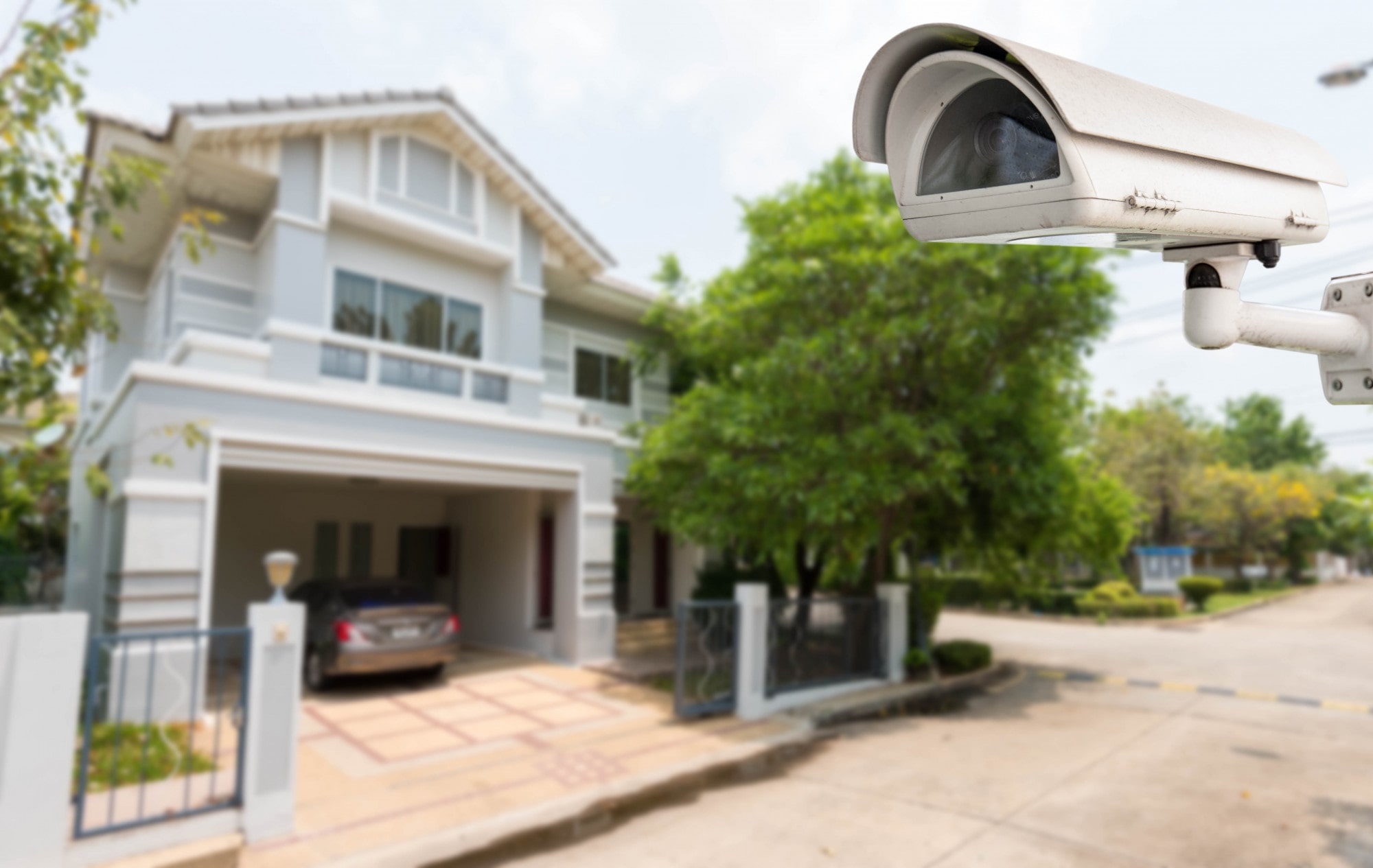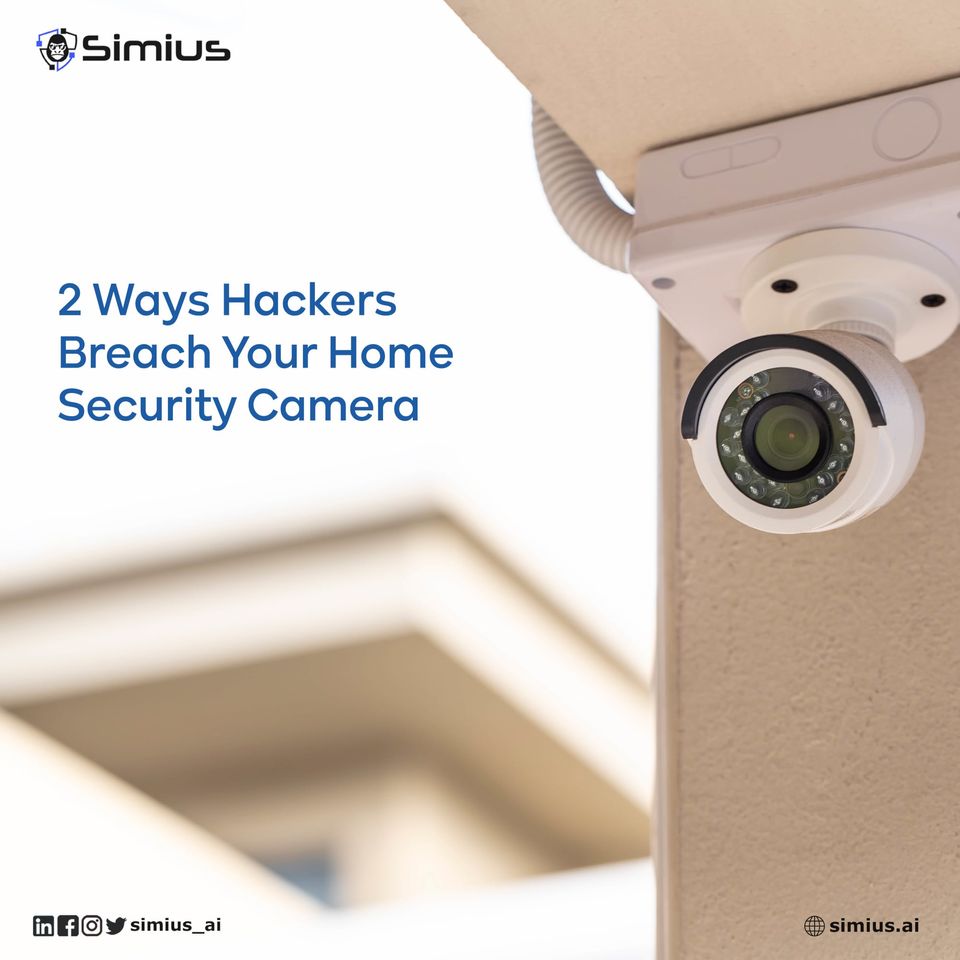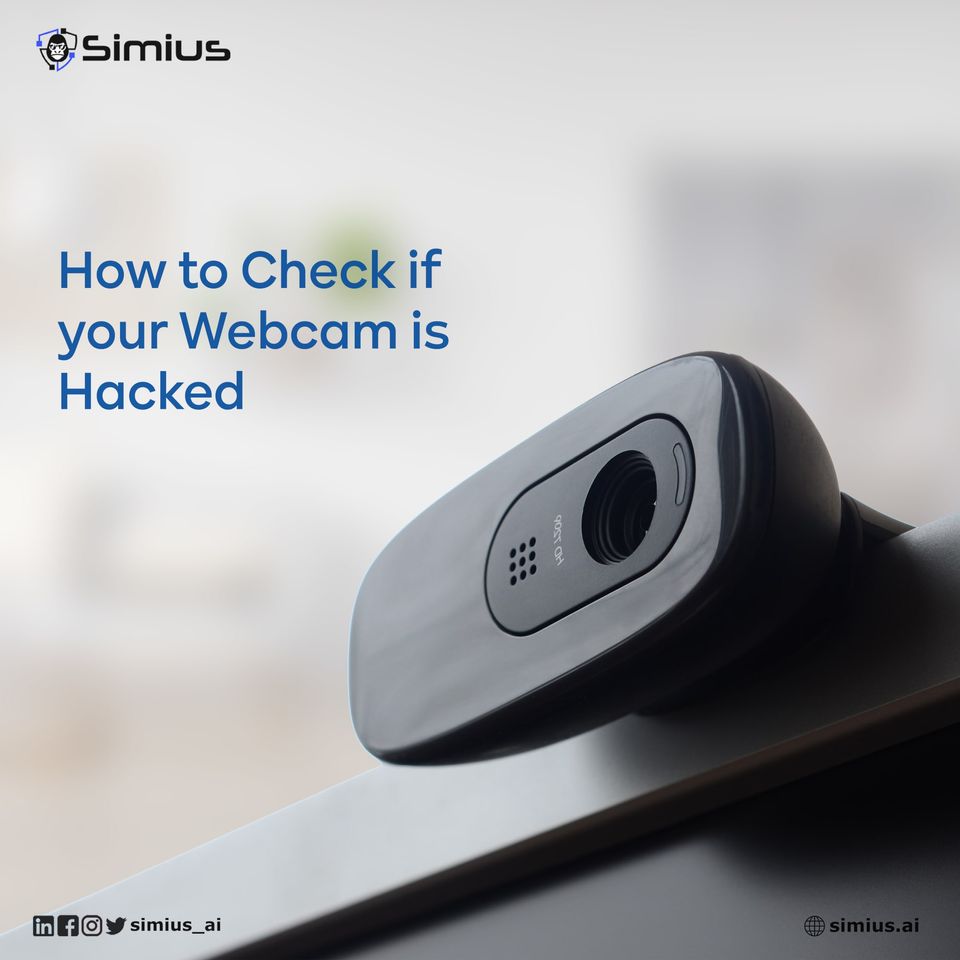Table of contents
It’s funny how one of the great ironies of life is that the devices which we create to protect us, can sometimes be used against us for several ill-mannered actions. These things happen a lot and these threats lead to various situations which can be prevented if spotted on time. Here are 2 ways hackers breach your home security camera.
Hack #1: Taking control of your home security camera’s connectivity

One way hackers like to break into connected devices is by using the device’s default credentials. This method is popular because it is extremely easy to execute (default credential lists can be found online). It is also very simple to automate which allows hackers to set up computers that try to log in using every default credential contained within the credential list. These computers can try as many as 10,000 different credential combinations a second.
Once a hacker has gained access to your device, they then use them for things like botnets or some other nefarious purpose. A botnet is a network of private computers or smart devices infected with malicious software and controlled as a group without the owners’ knowledge.
In the instance of a home security camera, these cameras are usually connected to the internet since the camera owner wants to be able to view the feed from outside their home. This makes the camera easily accessible to hackers.
This type of hack can also target other kinds of seemingly innocuous devices like network printers and DVRs, as they also have their default credential lists online.
Hack #2: Accessing your home security camera’s video feed

The second and more frightening of the hacks is in gaining a direct line to your camera’s video feed. In the first hack case, the hackers are simply using your device for extra undetectable computing power. However, in this case, their purposes are more nefarious as they include you and potentially your family. They could be selling your video feeds to others or watching your children. The main point here is, the target of this hack is YOU, whereas the target of the previous hack is your device.
These hacks can happen as a result of a local attack or a remote attack. To access a camera locally, the hacker must be within range of your router. If so, they can then attempt to run a program that tries to decipher your wireless router’s password. Once they have the password, they can gain access to your network, as well as your connected home security camera.
Another way a hacker can get in locally is by “hoaxing” your router and then locking you out of your actual device. If you’ve ever set up a wireless network, you’ve probably noticed that your devices no longer need to be told to access your network after connecting the first time. Instead, they access the network automatically as soon as they come within signal range.
How can you prevent this?
You can get Simius. It is the easiest way a smart homeowner can verify they are not vulnerable to hacks and if they are, it tells you how to fix the issues. No installation or technical knowledge is required.
Summary
In this post, we spoke about 2 ways hackers breach your home security cameras. The first was by brute-forcing credentials of a camera connected to the internet and the second way was by hijacking your home Wi-Fi signal. If you liked this article, you will love the other articles we have written on the subject of smart device security.







